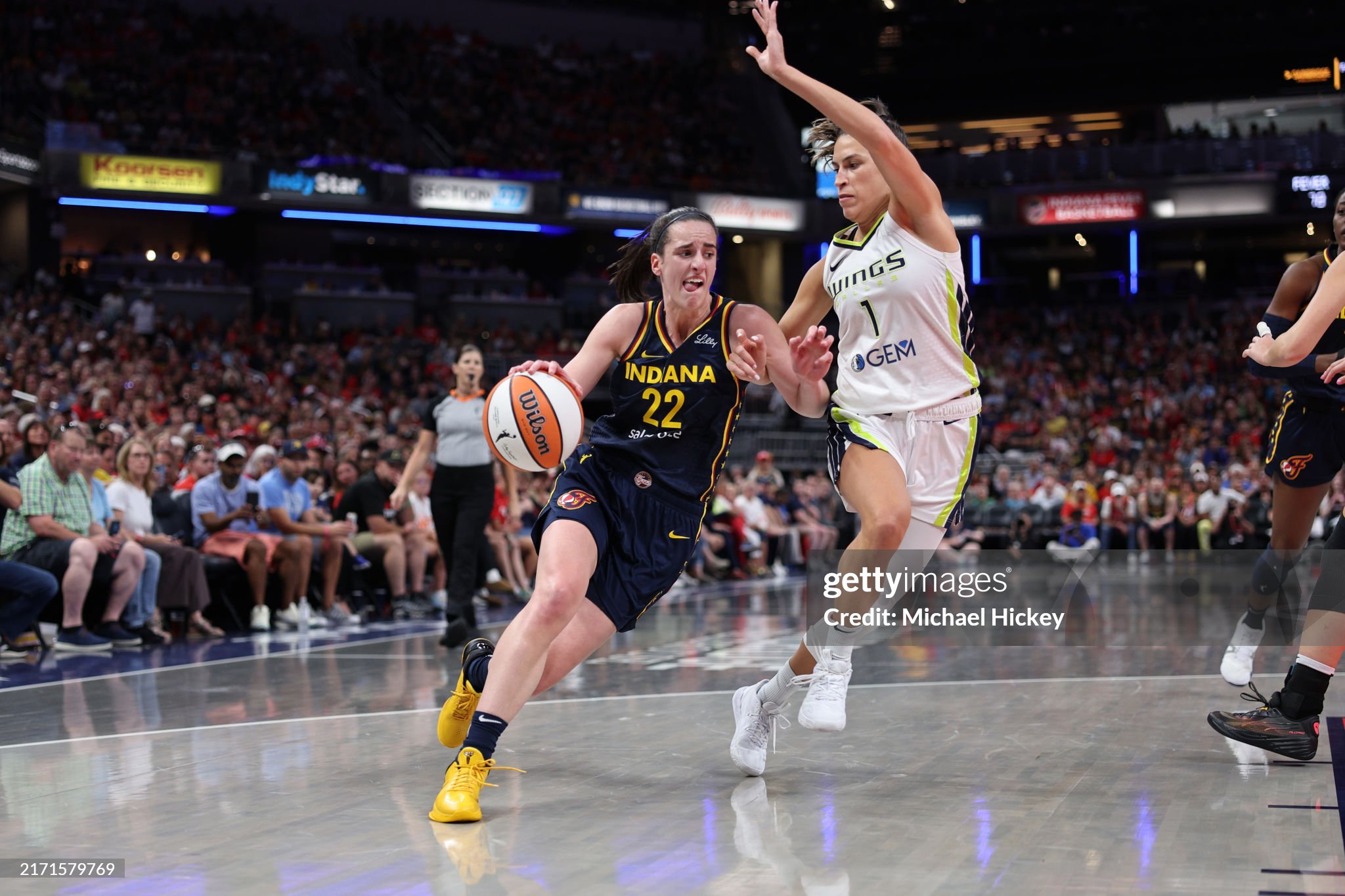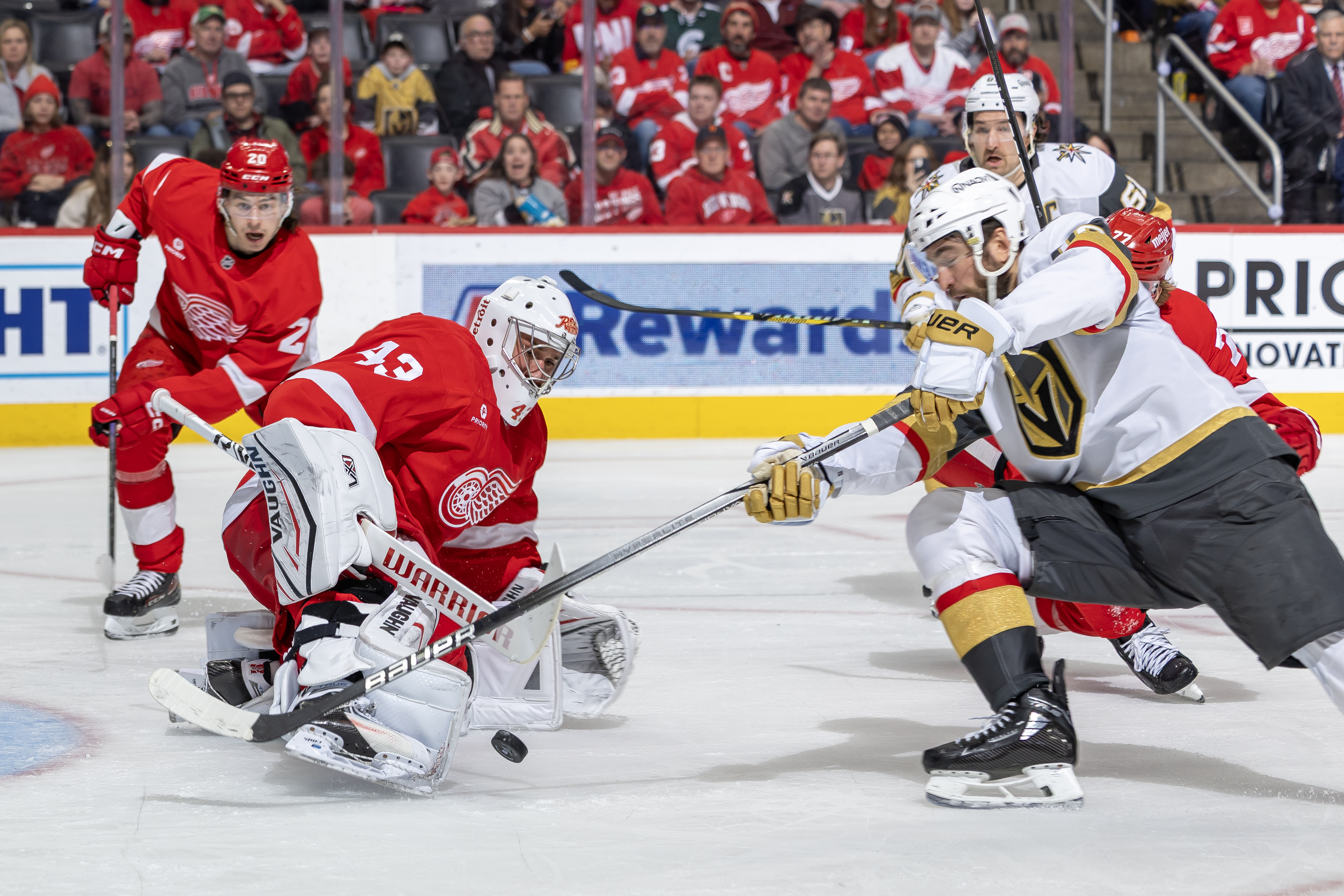Local TV’s Role in Pro Sports Flashes Real Staying Power
How effective are local station groups in attracting fans?

As pro sports teams’ engagements with TV station groups explode into a historic search for a successor to the pay-TV distribution model, they’re generating a wealth of promising options with one overarching question still unanswered: Will they last?
Can any of these efforts generate the robust returns pro sports leagues enjoyed during the golden decades of the regional sports network (RSN) era that came to a crashing halt when Diamond, the biggest player in the field, filed for bankruptcy in early 2023? And, if not, do streaming giants really offer the gold-plated payoff some OTT advocates are touting?
Two years into this grand experiment, the acceleration in deals between station owners, pro teams and their leagues, including engagements prompted by the surging popularity of women’s sports, attests to growing optimism that OTA broadcasters are the key to the way forward. But as promising as the early results might be, it remains to be seen whether what’s happening translates into what Gray Media president and co-CEO Pat LaPlatney calls “needle-moving revenues” for the station groups, let alone for teams and leagues.
It’s All About Reach
The good news is, so far, so good on all sides. Noting Gray’s expanding portfolio of alliances with NBA, WNBA, MLB, NHL and other pro sports leagues, LaPlatney asserts the combination of “tons of live sports” and local news offered through Gray’s regional station clusters harkens back to an earlier era in regional broadcast operations. “It’s a really good model,” he says.
And, he adds, it looks like a winning model for the teams as well. “Broader distribution leads to better marketing, better ad sales, selling more tickets and more merch,” he says. “It’s a virtuous cycle.”
Discussions with other station group executives elicit a similar perspective on what has turned the sports tide in their direction amid the nosedive in subscribers to Diamond’s 18 former Baily RSNs now operating under the FanDuel brand and the many other RSNs still dotting the landscape.
That collapse led to FanDuel exercising its rights to broadcast the games by cutting carriage deals with station groups while retaining control over production, which leaves open the question of how carriage and production will be worked out with the leagues once those deals expire.
Get the TV Tech Newsletter
The professional video industry's #1 source for news, trends and product and tech information. Sign up below.

“The regional sports network was a great business for decades,” says Scripps Sports president Brian Lawlor from last month’s TV Tech Leadership Summit. “It reached 80% of all the households in a market. Today that number is less than 40 in most markets.”
But Brad Ramsey, senior vice president of media operations for Tegna, who heads up the company’s sports distribution efforts, says it’s not easy for station groups as they make their case for providing better reach to the sports leagues. “While audiences are significantly larger on broadcast and we have fantastic data points and case studies estimating and showing we’re achieving big audience growth,” he says, “it’s going to take time for advertising and sponsorship to catch up and match the way things have been done in recent years.”
No Quick Fixes from Streaming
Still, broadcasters can forge ahead knowing there are no quick fixes for the leagues. Looking at MLB’s conundrum following its mutual agreement with ESPN to terminate the final two years of their seven-year contract, legal analyst Rob Rosenberg, founder and principal at Telluride Legal Strategies, cites the risks the league faces trying to fill or exceed the $550-million annual revenue gap with another big distribution deal.
“If you think about it realistically, if MLB is looking for a big payday for putting together a national rights deal in 2028, is Fox CBS, NBC or ABC going to be in a better financial situation than they are today?” Rosenberg asks. And given the volatility and audience fragmentation plaguing the streaming business, there are no easy answers on the streaming side either.
The fragmentation of rights across multiple platforms creates friction for consumers while driving up costs. Success in this new environment will require balancing traditional broadcast reach with digital innovation.”
Jeremy Goldman, eMarketer
“MLB will have to balance getting maximum dollars in a big contract with the need to get the reach they need to regenerate audiences and fans in their local markets,” he says. “It’s not a long-term win if you leave reach out of the equation.”
The New Consensus on a Way Forward
The consensus now taking hold across the sports ecosystem is that the new business framework will have to be built on a well-conceived mix of local TV, national network broadcasting and streaming with the likelihood the returns on pay TV distribution will continue to slide. “It may take a while for them to phase down and out, but I think RSNs are a dying breed,” Rosenberg says.
HFS Research analyst Jason Dann, in a new report describing how “sports media is scrambling to meet consumer demands,” makes clear where he thinks they should place their bets: “The solution? A hybrid approach. Leaders must balance embracing digital innovation and ensuring accessibility for all audiences.”

Jeremy Goldman, senior director at Emarketer agrees. In another recent post describing research on the sports distribution situation, he says, “The shift to digital viewing represents a pivotal moment in sports media consumption, but the transition poses significant challenges. The fragmentation of rights across multiple platforms creates friction for consumers while driving up costs. Success in this new environment will require balancing traditional broadcast reach with digital innovation.”
Nobody is playing the pro sports broadcast and streaming arena more broadly than Scripps Sports, which has also taken a leading role in bringing women’s pro sports to broadcast (see sidebar). The unit works with the E.W. Scripps portfolio of 61 stations in 41 markets and the national ION broadcast network to provide distribution platforms for sports partners, including the WNBA, the National Women’s Soccer League, the NHL’s Florida Panthers, Vegas Golden Knights and Utah Hockey Club, and the NCAA’s Big Sky Conference.
On the streaming side, along with coordinating with outside streaming services, the company has partnered with sports streamer ViewLift to launch a free streaming outlet providing Panther fans online access to 70 Scripps broadcast games and a pay streaming service in Nevada covering roughly the same number of Golden Knights broadcasts.

“We really like the formula,” Lawlor says, noting the ratings for Scripps’ broadcast of Golden Knights games in the first year of the affiliation were double the previous year and ratings at the halfway mark in the first year with the Panthers are up 130%.
As for any perceived threat from pro teams’ affiliations with the major streaming services, Lawlor believes the broadcast and streaming domains are complementary and are likely to remain that way. “I don’t think it has to be either or,” he says. “It’s all about the visibility.”
Stations and Streamers Collaborate
And, notes Gray’s LaPlatney, for broadcasters it’s all about cooperating with the streamers. “In a lot of our deals, teams do the streaming deal in tandem with what they’re doing with us,” he says.
A particularly close relationship in this vein can be found in Gray’s groundbreaking April 2023 deal with the NBA’s Phoenix Suns and WNBA’s Mercury, which helped kick off pro sports’ teams moves away from RSNs. Along with locking in the Gray affiliations, which ignited statewide OTA broadcasts of all their home games, the teams’ ownership simultaneously signed on with the Kiswe streaming service to supply an AZ Family Sports Network cellphone app that gives residents free statewide online access to the games.
In September following the Phoenix deal, Gray signed another groundbreaking agreement with the New Orleans Pelicans, which replaced RSN coverage reaching about 250,000 households with free OTA and affiliated MVPD coverage over a new Gulf Coast Sports & Entertainment Network, reaching 4.1 million households on stations throughout Louisiana, much of Mississippi and Mobile, Ala. With stations serving 113 television markets nationwide, Gray is also racking up big successes with the likes of the Atlanta Braves, Texas Rangers and other MLB teams.
A similar story of ongoing expansion in a variety of dealmaking scenarios is unfolding at Tegna, which operates 64 television stations in 51 U.S. markets. Among a wide range of multi-sport affiliations described by Ramsey, Tegna is the primary rights holder with the Dallas Mavericks and the Seattle Kraken NHL franchise and has been working with the San Antonio Spurs since late 2023.
The company just agreed to carry most WNBA Dallas Wings games, and recently signed with Kroenke Sports & Entertainment, owner of the NBA’s Denver Nuggets and the NHL’s Avalanche, to carry 20 of each team’s games. There are also some OTA “carve outs” involving a handful of Indiana Pacer, Minnesota Timberwolves, and Milwaukee Bucks games, and Tegna is in discussions with five MLB teams weighing OTA partnerships.
One of the more interesting wrinkles in this multifaceted dealmaking quilt is Tegna’s arrangement with Amazon Prime in Seattle. “With Kraken, our linear feed is on Amazon Prime and our sales team is negotiating with advertisers based on how they want to use both the OTA and digital outlets to market their products,” Ramsey says, noting there’s nothing better than a win/win for everyone where teams can create a one-stop shop for marketers to reach all audiences on all screens.
“There are a number of ways linear and streaming can co-exist,” he adds. “In all cases teams are looking at the landscape thinking about how they can make their linear and digital rights complement each other and, at the end of the day, create the best financial outcomes.”
The resurgence in TV stations’ roles in sports broadcasting may just be getting underway, but it’s not too soon to think the hybrid approach to distribution could win out in the long run.
Fred Dawson, principal of the consulting firm Dawson Communications, has headed ventures tracking the technologies and trends shaping the evolution of electronic media and communications for over three decades. Prior to moving to full-time pursuit of his consulting business, Dawson served as CEO and editor of ScreenPlays Magazine, the trade publication he founded and ran from 2005 until it ceased publishing in 2021. At various points in his career he also served as vice president of editorial at Virgo Publishing, editorial director at Cahners, editor of Cablevision Magazine, and publisher of premium executive newsletters, including the Cable-Telco Report, the DBS Report, and Broadband Commerce & Technology.

